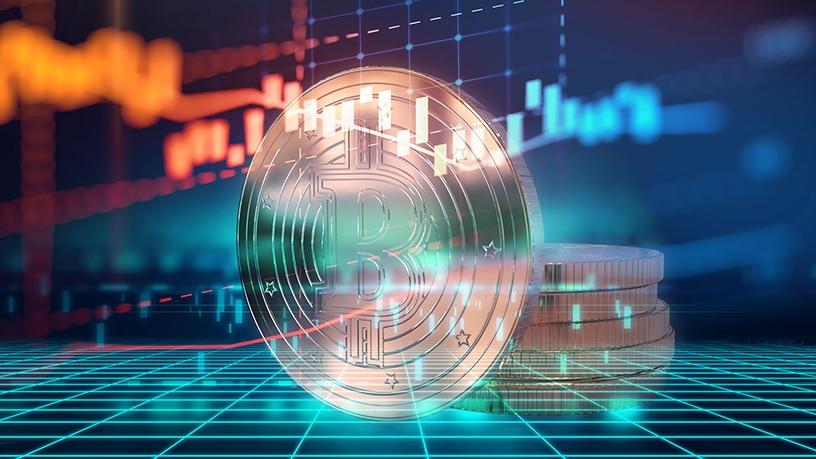
The majority (97%) of direct bitcoin payments from identifiable criminal sources were received by unregulated crypto-currency exchanges, in countries with weak anti-money laundering (AML) laws.
A direct payment is one that moves from an identified criminal actor or service into a crypto-currency exchange, whereas an indirect payment moves through one or more crypto-currency wallets or addresses before being deposited into an exchange for conversion into either fiat currency or another crypto-currency.
This was revealed by CipherTrace's 2018 Q3 Cryptocurrency Anti-Money Laundering Report, that said these exchanges have laundered 380 185 BTC, or roughly $2.5 billion, from 9 January 2009 to 20 September 2018. This number represents 4.7% of the total money moved through unregulated exchanges.
This means that crypto-currency exchanges in countries with weak AML regulation receive nearly 5% of their payments directly from criminal sources.
Cleaning ill-gotten gains
Criminals are basically flowing large amounts of dirty bitcoin into poorly regulated exchanges and other services to turn it into 'clean' crypto-currencies, the company explained. Once done, the criminals can move funds into the global financial payments system with little risk of being detected.
However, in the presence of strong AML regulation, criminal transactions are greatly reduced. And because criminals use these funds to finance all sorts of nefarious activities, including the drug trade, crime in general is lowered. "The benefits of well enforced AML regimes to society are obvious."
Finally, as these money-laundered funds comprise only the transactions that CipherTrace was able to directly monitor and designate as criminal or highly suspect, there are likely about 50% more criminal transactions than those that were traced for this report.
Share